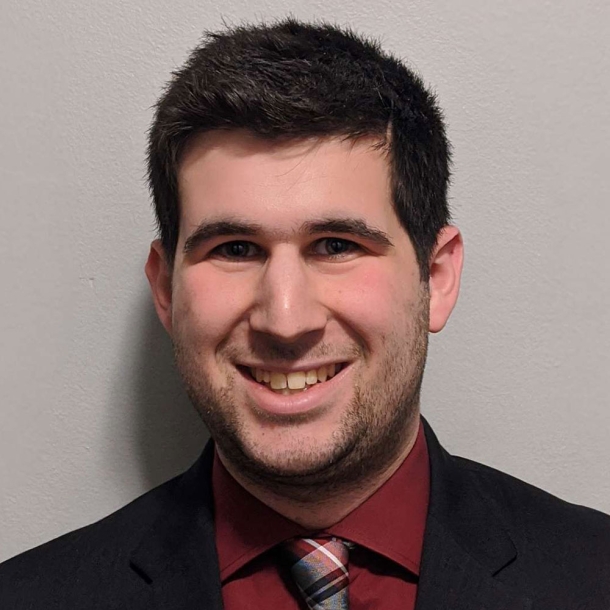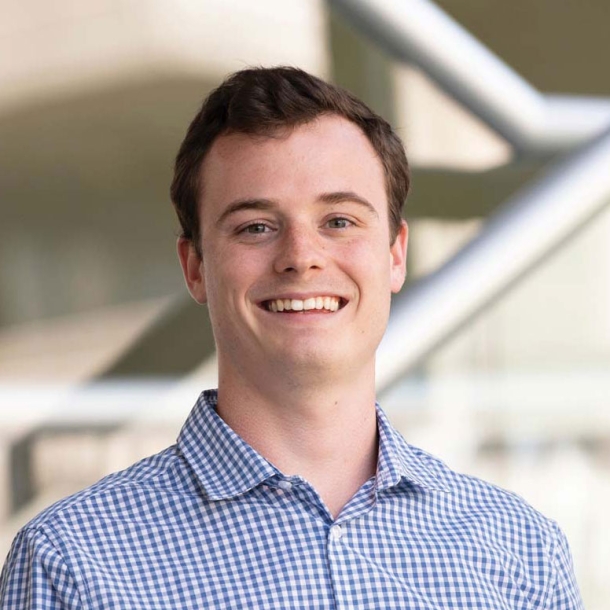FCC appoints county leaders to Intergovernmental Advisory Committee
Author

Maxx Silvan

Seamus Dowdall
Upcoming Events
Related News

Key Takeaways
On March 12, the Federal Communications Commission (FCC) announced new members to the Intergovernmental Advisory Committee (IAC), including its appointment of the seven county representatives. The IAC, formerly known as the Local and State Government Advisory Committee, is a long-standing initiative at the FCC that was formed in 1997 to facilitate intergovernmental communications at the FCC and to provide guidance to the FCC on policy issues of interest to state, county, municipal and other local entities.
The county representatives appointed to the IAC are listed below:
- Hon. J.D. Clark, County Judge, Wise County, Texas
- Hon. Tarryl Clark, Commissioner, Stearns County, Minn.
- Hon. Terry Cook, Commissioner, Williamson County, Texas
- Hon. Jonathan Todd Finnell, Superintendent of Schools, Imperial County, Calif.
- Hon. Joanna Mackenzie, County Judge, Hudspeth County, Texas
- Hon. Alan Perdue, Commissioner, Guilford County, N.C.
- Hon. Gregg Weiss, Commissioner, Palm Beach County, Fla.
Appointed by FCC Chairwoman Jessica Rosenworcel, these county leaders will provide guidance, expertise and recommendations to the FCC on various telecommunications that affect state and local governments. Members are also tasked with helping other state and local officials clarify or explain FCC rules and policies to their communities. All members of the IAC will serve a two-year term, and a full list of IAC members can be found here.
The IAC in recent years has produced reports to address issues ranging from access to telemedicine during the COVID-19 pandemic and outreach strategies on the Affordable Connectivity Program, to intergovernmental disaster response strategies and establishing multilingual emergency alert systems.
NACo congratulates the IAC’s newly appointed county representatives and encourages all county leaders interested in telecommunications policy and federal advocacy work to apply and join NACo’s Telecommunications and Technology Policy Steering Committee.
Resource
BEAD Program Toolkit for Counties

Related News

U.S. Congress passes continuing resolution to fund the government until March 14, 2025
The U.S. Congress passed a second Continuing Resolution (CR) to extend federal spending and avert a government shutdown through March 14, 2025.

Podcast: Artificial intelligence and county government
Shinica Thomas, a Wake County, N.C. commissioner and a member of NACo's AI Exploratory Committee, talks about her process for learning about artificial intelligence, its limits and challenges and some applications for use in county government.

County Countdown – December 16, 2024
Every other week, NACo's County Countdown reviews top federal policy advocacy items with an eye towards counties and the intergovernmental partnership.